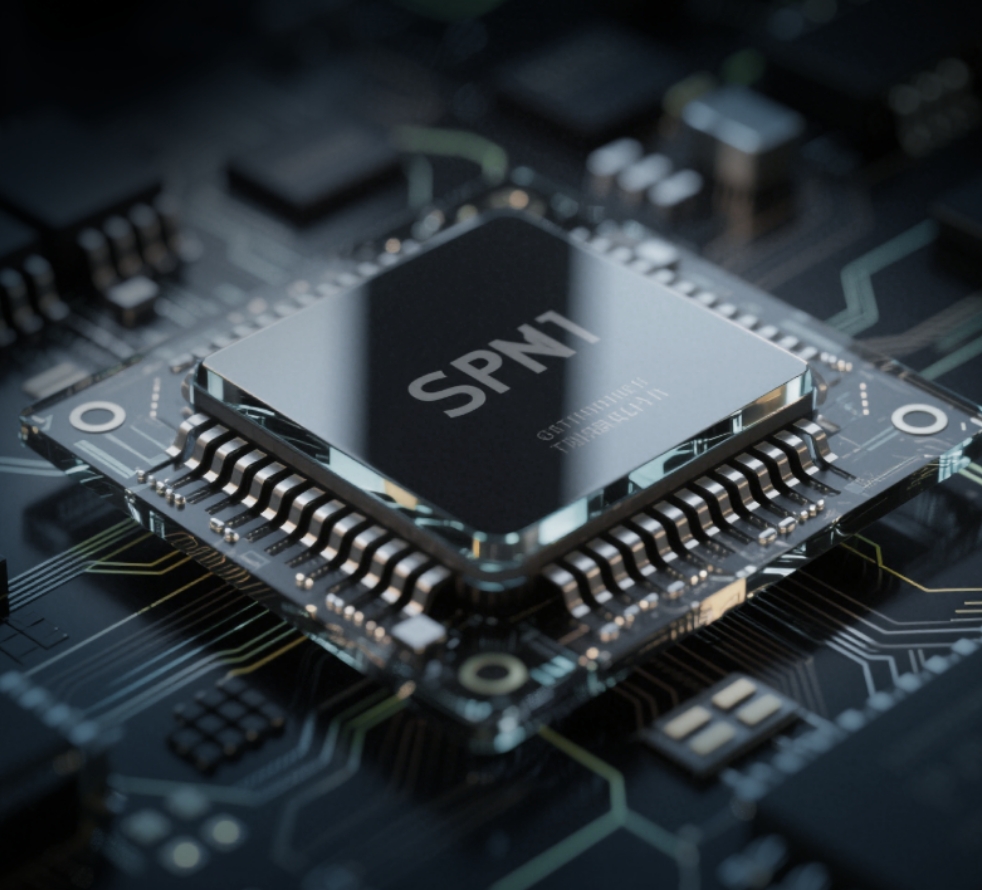Features for the ADS1232
- Complete front-end for bridge sensors
- 23.5-bits effective resolution at gain = 1
- 19.2-bits noise-free resolution at gain = 64
- Low-noise PGA
- Selectable gains of 1, 2, 64, and 128
- RMS noise:
- 17nV at 10SPS at gain = 128
- 44nV at 80SPS at gain = 128
- 100dB simultaneous 50Hz and 60Hz rejection
- Flexible clocking:
- Low-drift internal oscillator
- Optional external crystal
- Selectable 10SPS or 80SPS data rates
- Easy ratiometric measurements:
- External voltage reference up to 5V
- Two-channel differential input with internal temperature sensor (ADS1232)
- Four-channel differential input (ADS1234)
- Two-wire serial interface
- Supply voltage range: 2.7V to 5.3V
- Temperature range: –40°C to +105°C
- Packages: TSSOP-24 (ADS1232) or TSSOP-28 (ADS1234)
Description for the ADS1232
The ADS1232 and ADS1234 (ADS123x) are precision, 24-bit, analog-to-digital converters (ADCs). With a low-noise programmable gain amplifier (PGA), a precision delta-sigma ADC, and internal oscillator. The ADS123x provides a complete front-end solution for bridge sensor applications including weigh scales, strain gauges, and pressure sensors.
An input multiplexer (MUX) accepts either two (ADS1232) or four (ADS1234) differential inputs. The ADS1232 also includes a temperature sensor to monitor ambient temperature. The low-noise PGA has a selectable gain of 1, 2, 64, or 128, supporting a full-scale differential input of ±2.5V, ±1.25V, ±39mV, or ±19.5mV.
The delta-sigma ADC provides a maximum of 23.5-bits effective resolution, and supports two data rates: 10SPS (providing 50Hz and 60Hz rejection) and 80SPS. The ADS123x can be clocked externally using an oscillator or a crystal, or by the internal oscillator.
Offset calibration is performed on-demand, and the ADS123x can be put in a low-power standby mode or shut off completely in power-down mode. The ADS123x are operated through simple pin-driven control—there are no digital registers to program.
Data are output over a two-wire serial interface that connects directly to the MSP430 and other microcontrollers.




